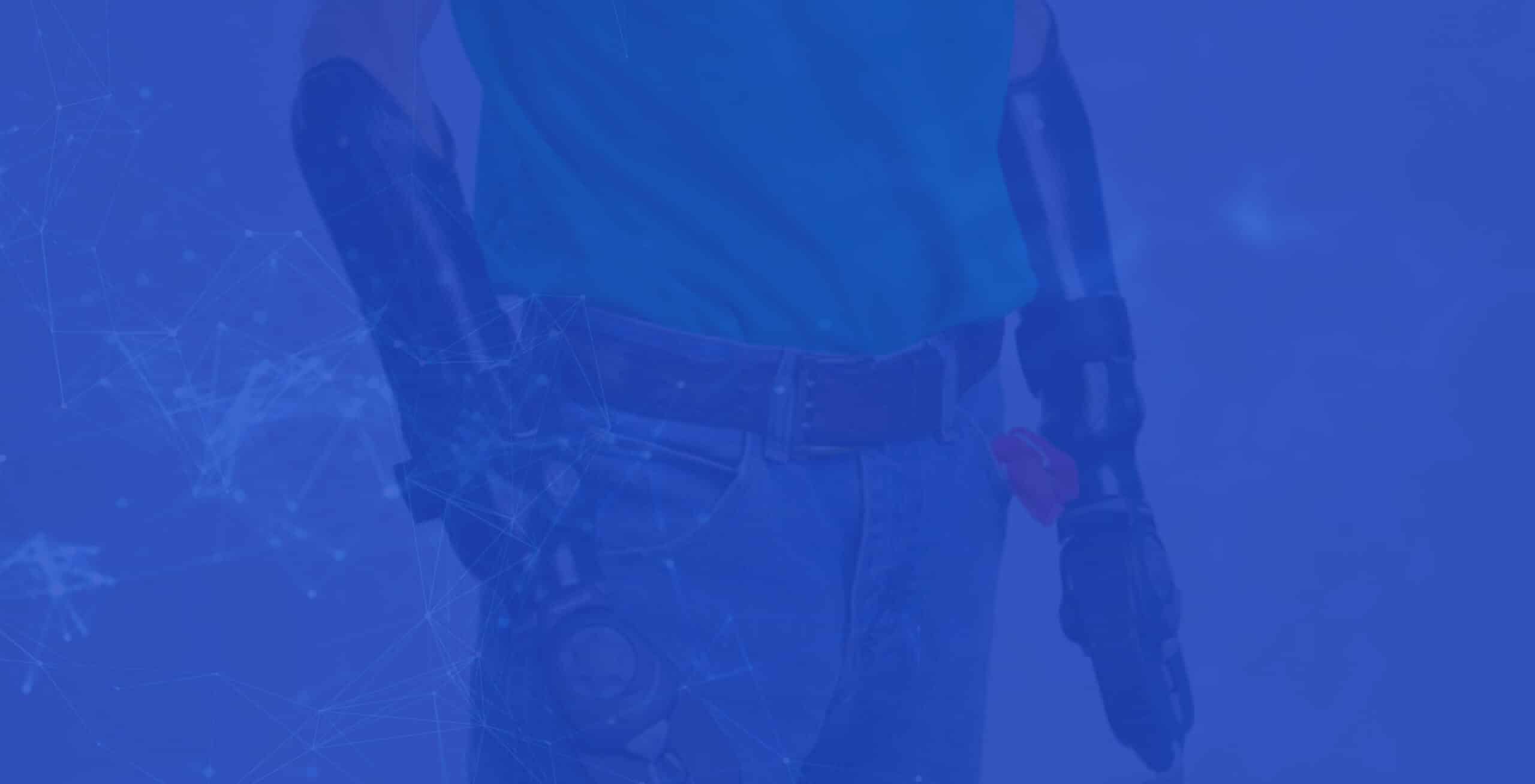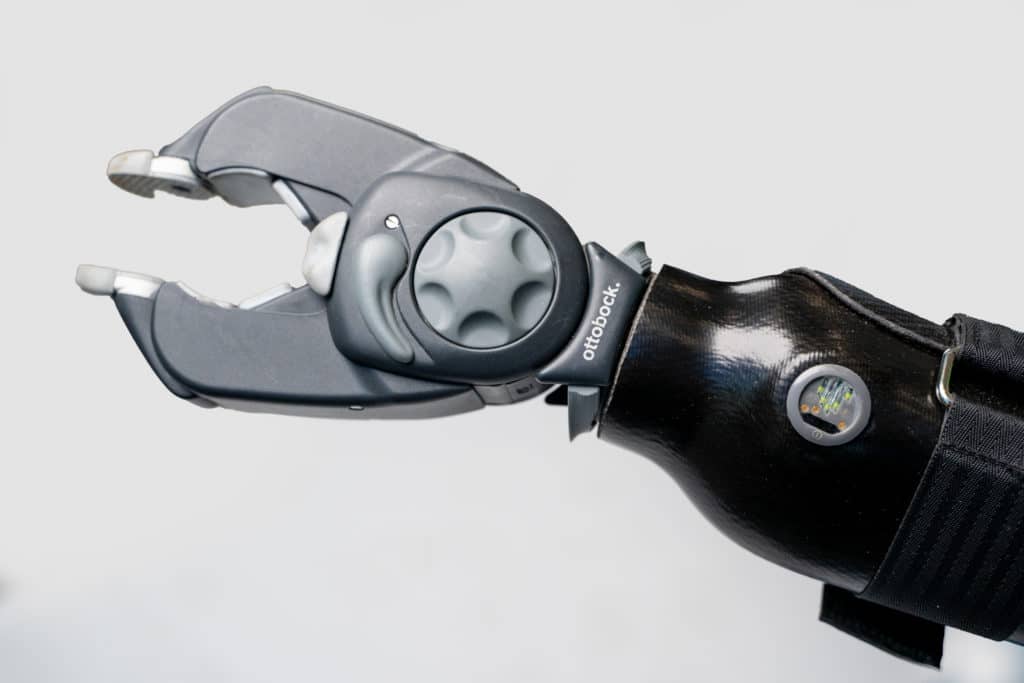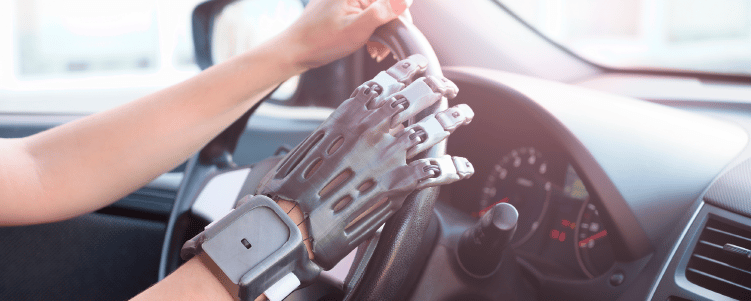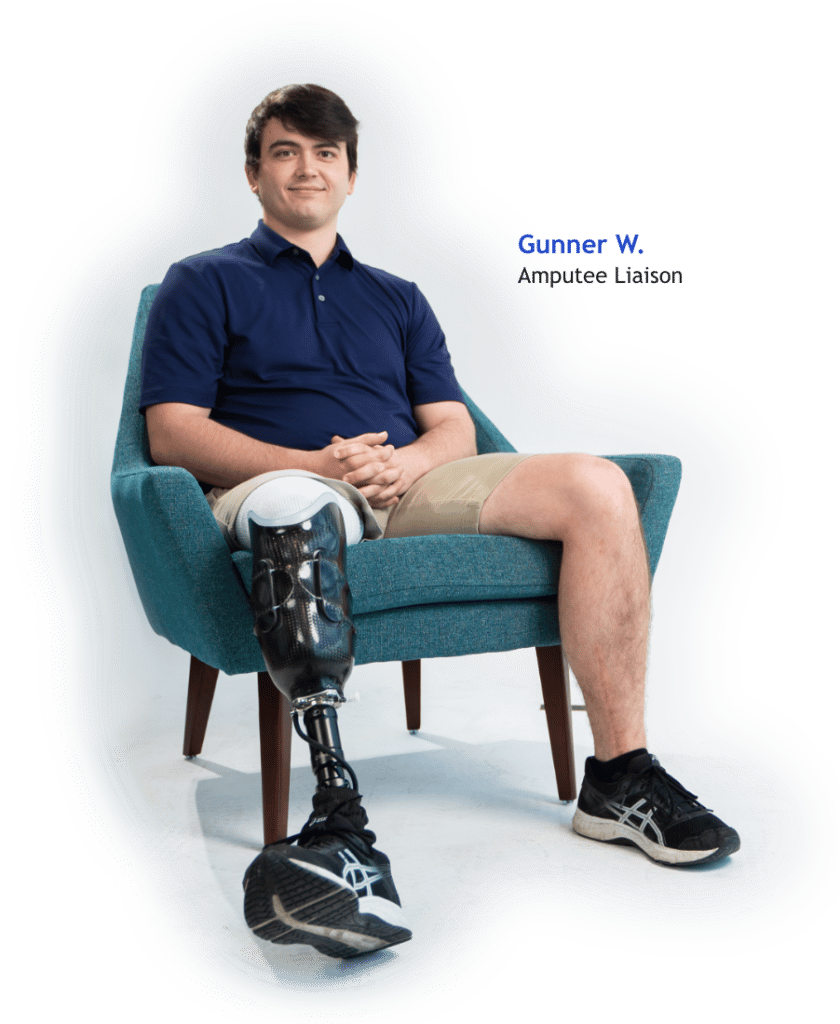
Upper Extremity Prosthesis in Phoenix
There are more circumstances than we can count that require the full or partial amputation of a finger, hand, or arm. But no matter your circumstance, there are solutions available to help you through your physical, mental, and functional recovery, getting you back to a full and thriving life.
What is an upper extremity prosthesis?
Upper extremity prosthesis is the partial or full substitution of an amputated or lost arm or hand due to accident, injury, illness, or defect. Prosthesis comes in many forms and custom-tailored designs, depending on the scale required for the limb replacement.
How do upper extremity prostheses work?
Prosthetic hands or arms typically imitate natural limbs by utilizing shafts and sockets to make them attachable to natural joints and sockets. Some prostheses may only be cosmetic, some functional, and some can be both, depending on your particular needs.
Arm and Hand Amputation
An amputation is the surgical removal of a limb, including a finger, hand, or arm, usually as a result of a severe accident or to stop the spread of disease.
Limb loss is a tragic experience for patients, no matter their amputation level, and involves physical as well as emotional recovery.
Given the impact amputation has on your nerves, amputees may experience long-term physical symptoms such as cold sensitivity, odd sensations, phantom pain, and overall hypersensitivity.
Counseling and communication with fellow amputees is a great way to share the burden of your experience while working toward returning to a full and functional life.
Preparing for Amputation
Your pre-operation team should include a vetted prosthetist you trust will make a seamless transition for your recovery. If not, your team should readily make resources available to you so that you can decide afterward.

What are the different types of upper extremity prostheses?
The two common prosthetic arm replacements are transradial and transhumeral prostheses.
- Transradial prostheses are a replacement for your forearm that attaches below your elbow.
- Transhumeral prostheses are artificial arms that attach to your body above the elbow and below the shoulder.
There are different options for upper limb prosthesis solutions, depending on the level of your limb loss and what you hope to continue using your prosthetic limb for.
Passive Prosthesis
Typically resembling a finger, human hand, or arm, a passive prosthesis is an inactive stabilizer for restoring basic limb function (like carrying an object).
Body-Powered Prosthesis
Body-powered devices allow you to control a prosthetic limb by moving another part of your body connected to it by harnesses and cables.
Electrically-Powered / Myoelectric Prosthesis
Powered by motors and batteries, electric prosthetic limbs (myoelectric prostheses) can detect muscular movement, activating it for different functions.
How Does a Myoelectric Prosthetic Arm Work?
Electrodes detect muscle movement in the residual limb, translate muscular signals into electrical signals, and activate functions such as opening and closing an electrically powered hand.
Hybrid Prosthesis
Hybrid prostheses are a cross between body-powered and electric-powered prosthesis technologies. They typically replace significant limb loss requiring more intricate technology, giving users a wider range of limb functions than a solely body-powered or electric prosthesis.
Activity-Specific Prosthesis
Some prosthetic limbs are created for particular purposes that standard prostheses cannot perform, including activities specific to sports, occupations, and hobbies.
Our Product List
Our orthotics and prostheses are always up to date with the industry’s state-of-the-art solutions and customized to each individual patient’s needs and goals.
Some of the products we used include:
- Utah Arm
- Dynamic Arm Elbow (Ottobock)
- Michelangelo Hand
- Bebionic Hand
- 117 Touchbio
- 394 Touchbio
- 446 Touchbio

How are upper extremity prostheses custom-fitted?
Prosthetic limb services typically begin with a medical specialist called a prosthetist who studies, designs, and fits you with the proper prosthesis based on your needs and bodily measurements. It may take several weeks before a prosthesis is completely developed for use. You will go through a fitting process until the perfect placement is found for your prosthetic limb, which may require some frequent adjusting before completing the process.
Can upper extremity prostheses be worn during physical activities?
The current state of prosthetic technology makes prosthetic limbs more durable and functional, enabling amputees to participate in various physical activities, especially if they’re utilizing an artificial limb particularly designed for specific physical activities. For instance, body-powered and myoelectric prostheses provide a range of movement and are controlled by the individual’s muscles.
How should upper extremity prostheses be cared for and maintained?
Here are some general guidelines and tips for cleaning and maintaining your prosthetic limb:
- Daily cleaning of the socket and liner with warm water and mild soap
- Daily cleaning/wiping of your prosthetic limb with a damp cloth and mild soap (avoid submerging in water, especially electrical prostheses)
- Regularly monitor your limb for any malfunction, loose parts, wear, discomfort, etc.
- Regularly clean your residual limb with warm water and mild soap, and dry to avoid fungal growth
- Lotion is helpful for your residual limb to prevent over-dryness
- Keep an eye on your residual limb for irritation, blisters, sores, etc.
What are the benefits of using an upper extremity prosthesis?
There are plenty of benefits that come with custom-fitted prosthetic limbs for amputees, including:
- Restored or improved limb function for daily activities and athletics
- Increased independence and mobility
- Cosmetic benefits for comfort and fashion
- Enhanced self-esteem for social interaction
- Versatility with the latest prosthetic technology
- Durability and reliability of modern prostheses
- Safe and secure fitting and function of custom-tailored prosthetic limbs
Custom-Fitted Upper Extremity Prostheses at Pongratz
At Pongratz, we offer prosthesis services fit for every patient, no matter your needs. We know very well the impact a lost limb has on anyone, no matter age or stage of life. We’re here for you every step of the way, so call us and let us help you get back to a fully functioning life!
Explore our other services

Need a Second Opinion?
Get Help Now with a Same-Day Appointment
Feeling Frustrated with your Prosthesis or Prosthetists? Pongratz offers a same day appointment for all new prosthetic patients. Request yours today!
With our many facilities across the Valley, all the way to Tucson, we’re always within reach.
